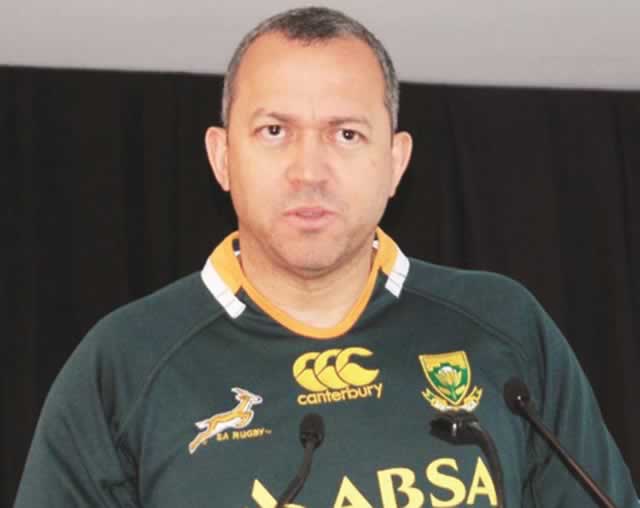What really constitutes African literature

 Lovemore Ranga Mataire
Lovemore Ranga Mataire
Almost five decades have passed since Meccer Cool and Stephen E Henderson boldly proclaimed our humanity in their seminal book “The Militant Writer in Africa and the US” (1969)Yet some among us still derive satisfaction in making Africans look like idiotic stooges without a history and culture.
“We have fought valiantly for what we deemed were our ancestral rights in the past, and would fight again if these rights were menaced tomorrow — but the greatest calamity of Africa that must be combated tooth and nail . . . is the imminent loss of ourselves . . .
“Rather let men rob our lands — but let us see that they do not rob us of ourselves. They do so when we are taught to despise our own names, institutions, customs and laws.”
The above quotation from “The Militant Writer in Africa and the US” clearly illustrates the longevity of our struggle for a dignified existence through the arts, which today have become conduits for the continued degradation and denigration of our humanity as Africans.
What then constitutes African art? Is any literature written by anyone resident in Africa “African literature”?
If what we have witnessed at the just-ended Harare International Festival of Arts can be termed as “art”, then alas we have reached an interregnum state in terms of self-definition and striving for an independent cultural identity.
It seems the media have accepted without scrutiny the charades about cultural diversity without interrogating certain activities at the festival which are couched as art-forms and yet are simply an attempt to defile and desecrate the very foundation that defines us as a nation.
Take for example the Nehanda play, which in my view represents the most repugnant and repulsive attempt to defile our national memory, identity and historical well-being.
Nehanda is more than just a historical figure, but represents the very basis upon which we derive our nationhood.
Can one imagine any British artiste defiling the monarchy in the name of art?
Are we not seeing a disturbing trend taking root in contemporary art in the same mould as the painting that depicted South Africa President Jacob Zuma with his genitals exposed?
Why has it become so fashionable to denigrate and ridicule the whole essence of who we are as Africans?
Where is the Censorship Board when national historical figures like Mbuya Nehanda and Sekuru Kaguvi are caricatured in such a despicable manner?
Since when have alienation and depersonalisation become celebratory forms of art? Are alienation and depersonalisation not the very aspects that art tries to expose as the most undesirable outcomes of cultural domination and indoctrination?
It seems the vast arsenal of derogatory images of Africa amassed to defend the Slave Trade and colonisation is still alive today.
This seems to have been perpetuated by the manner in which we have allowed other people to interpret and evaluate our literature using their own values and traditions.
Indeed, the exact criterion for the evaluation of African literature has always been a contentious issue among art critics and academics.
Since the emergence of the African novel, Eurocentric standards and values have continued being the dominant frameworks within which African literature is evaluated.
However, over time, African scholars like Nigeria’s Dr Chinweizu Ibekwe (“Towards the Decolonisation of African Literature”, 1985) have explicitly elucidated the deficiency inherent in the European and American evaluation of African literature and their failure to adequately understand and encompass in their analysis the background, spirit and orature influences.
While the influence of Western literary movements is evidently visible in the African novel, one cannot fail to decipher that any serious literature is both political and ideological in its thrust and must therefore be viewed through the lenses of its intrinsic impact on the audience.









Comments